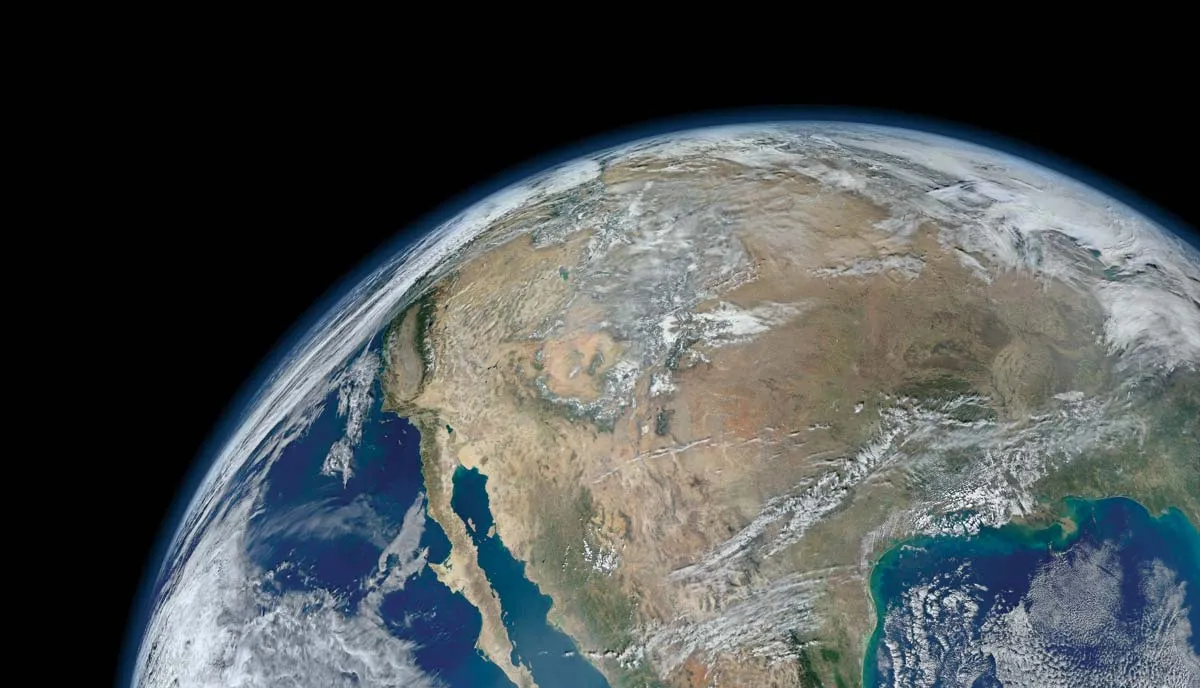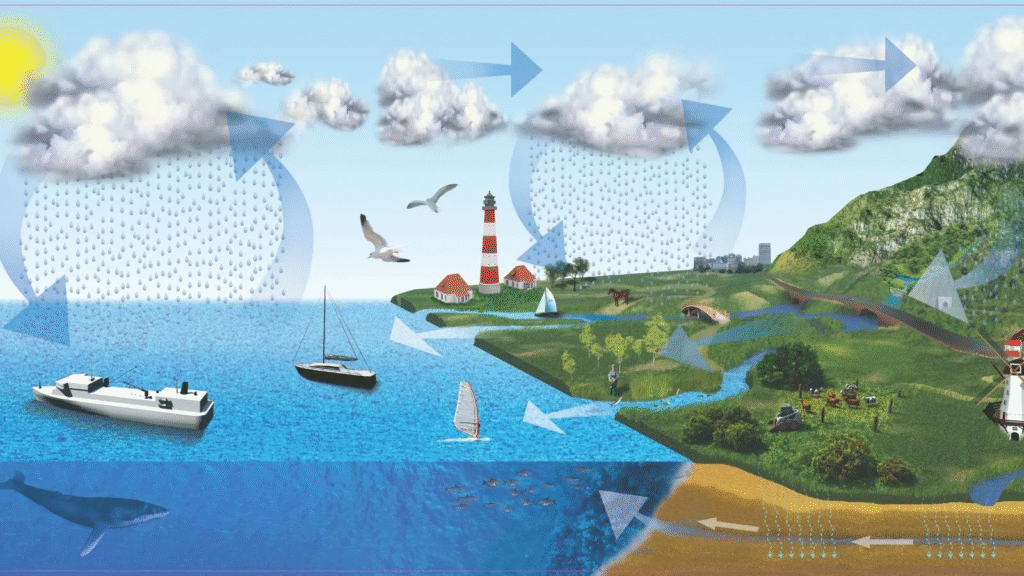Now Reading: How the Water Cycle Keeps Earth Alive and Thriving 2025
-
01
How the Water Cycle Keeps Earth Alive and Thriving 2025
How the Water Cycle Keeps Earth Alive and Thriving 2025

Table of Contents
Water is one of the most important elements of life on Earth. But have you ever wondered how water is constantly recycled and reused? The answer lies in the incredible system called the water cycle, also known as the hydrological cycle. This natural process ensures that water is available for humans, animals, and plants, making it essential for the survival of our planet.
In simple words, the water cycle is nature’s way of moving water from the ground to the sky and back again. It is a never-ending process that cleans, purifies, and redistributes water all around the world. Without this system, Earth would not have rivers, lakes, oceans, or even rainfall to support life. Let’s dive deeper to understand why the water cycle matters so much for our planet and for us.
How the Water Cycle Works

The water cycle has several key stages:
- Evaporation: Water from oceans, rivers, lakes, and even soil heats up and turns into water vapor. This vapor rises into the air.
- Condensation: As the water vapor cools in the sky, it changes back into liquid form, forming clouds.
- Precipitation: When the clouds become heavy, water falls back to Earth in the form of rain, snow, or hail.
- Collection: Water collects in rivers, lakes, oceans, or underground, where it starts the cycle again.
This constant movement of water is what keeps our planet’s systems in balance.
Why Is the Water Cycle So Important?
Here are some powerful reasons why the water cycle is critical for Earth:
1. It Supports All Living Things
Every living being on this planet depends on water. Plants need water to grow, animals need water to survive, and humans use water for drinking, cooking, cleaning, farming, and industry. The water cycle makes sure that water is cleaned and moved around to places where it is needed.
2. It Regulates the Climate
The water cycle helps balance the Earth’s temperature. When water evaporates, it cools the surroundings. When it rains, it releases heat and affects weather patterns. In this way, the water cycle plays a huge role in controlling climate and weather, preventing extreme conditions.
3. It Purifies Water Naturally
When water evaporates, it leaves behind dirt, salt, and other pollutants. This is nature’s way of cleaning water. As a result, when the water comes back as rain, it is fresh and safe for plants and animals to use.
4. It Replenishes Freshwater Sources
Rainwater feeds rivers, lakes, and underground water sources (called aquifers). Without this, our freshwater supplies would dry up, leaving us with nothing to drink or use.
5. It Maintains Ecosystems
From lush rainforests to dry deserts, every ecosystem depends on the water cycle. Wetlands, forests, and grasslands all rely on rainwater to maintain their delicate balance. If the water cycle is disrupted, it can destroy entire habitats.
How Human Activities Impact the Water Cycle
Sadly, humans are changing the water cycle in dangerous ways. Pollution from factories, cutting down forests, and building on wetlands all disturb this natural process. Here are some examples:
- Deforestation reduces the amount of water vapor released by trees, leading to less rainfall.
- Pollution contaminates lakes and rivers, making it harder for the water cycle to clean and recycle water.
- Climate change caused by greenhouse gases is making evaporation rates go up, which changes rainfall patterns and can lead to droughts or floods.
When we damage the water cycle, we are putting our own survival at risk.
What Can We Do to Protect the Water Cycle?
Protecting the water cycle is critical for the future of our planet. Here are simple steps individuals and communities can take:
- Save water: Use water responsibly. Avoid wasting water while brushing teeth, washing dishes, or watering gardens.
- Plant trees: Trees help maintain the water cycle by releasing water vapor and holding soil together.
- Reduce pollution: Never dump chemicals, trash, or oil into drains, rivers, or lakes.
- Support eco-friendly policies: Encourage governments to protect wetlands, rivers, and forests.
- Fight climate change: Reduce your carbon footprint by using renewable energy, cutting down on plastic, and driving less.
Even small actions can make a big difference if everyone participates.
The Water Cycle and the Future

As our global population grows, pressure on water resources will increase. Scientists warn that climate change will make droughts and floods worse in many parts of the world. Understanding and respecting the water cycle will be more important than ever.
Educating people about how the water cycle works, why it matters, and how to protect it can help ensure a safer future. It is vital to remember that water is not endless. We must look after the systems that keep it clean and moving, or we risk severe water shortages in the coming decades.
Final Thoughts
The water cycle may seem simple, but it is one of the most powerful forces on our planet. From keeping us hydrated to regulating the climate, it is truly the heartbeat of Earth. If the water cycle is damaged, every living being on the planet will feel the consequences.
That is why it is so important for all of us — young and old — to understand how the water cycle works and why we must protect it. By taking care of nature, reducing pollution, and saving water, we are also taking care of ourselves and future generations.
So next time you see rain falling or a river flowing, remember that you are watching a vital process that has kept life on Earth thriving for millions of years — and will continue to do so if we protect it.
Read More:- Deyaar’s Latest Announcement Shakes Up the UAE Property Market





















